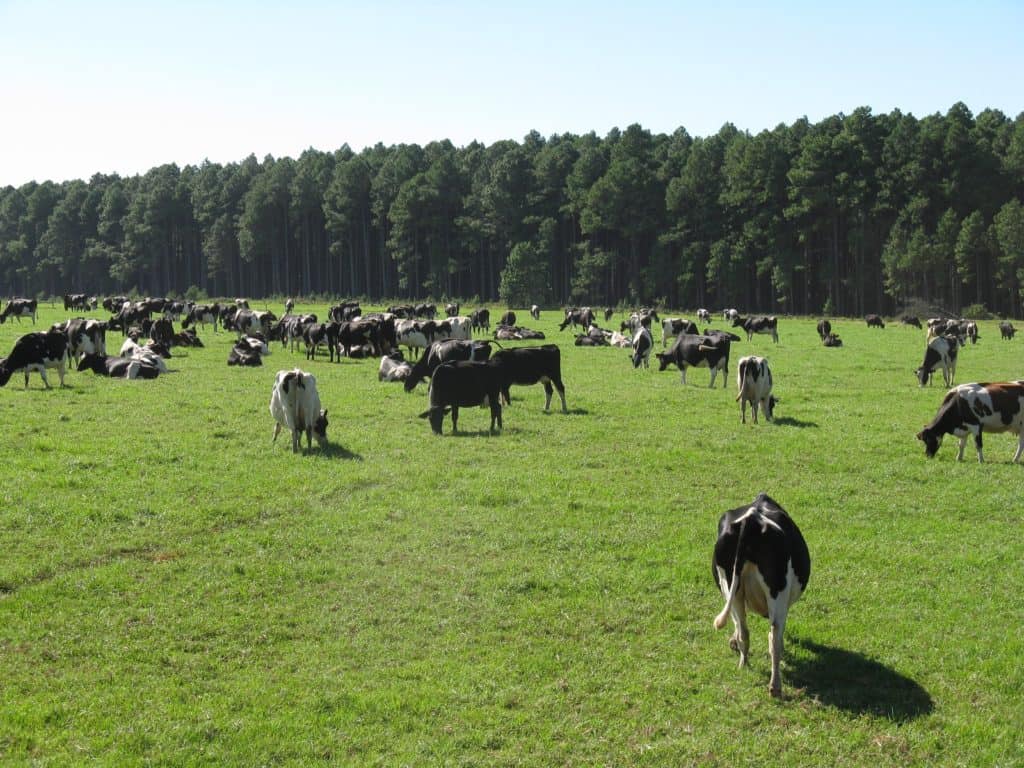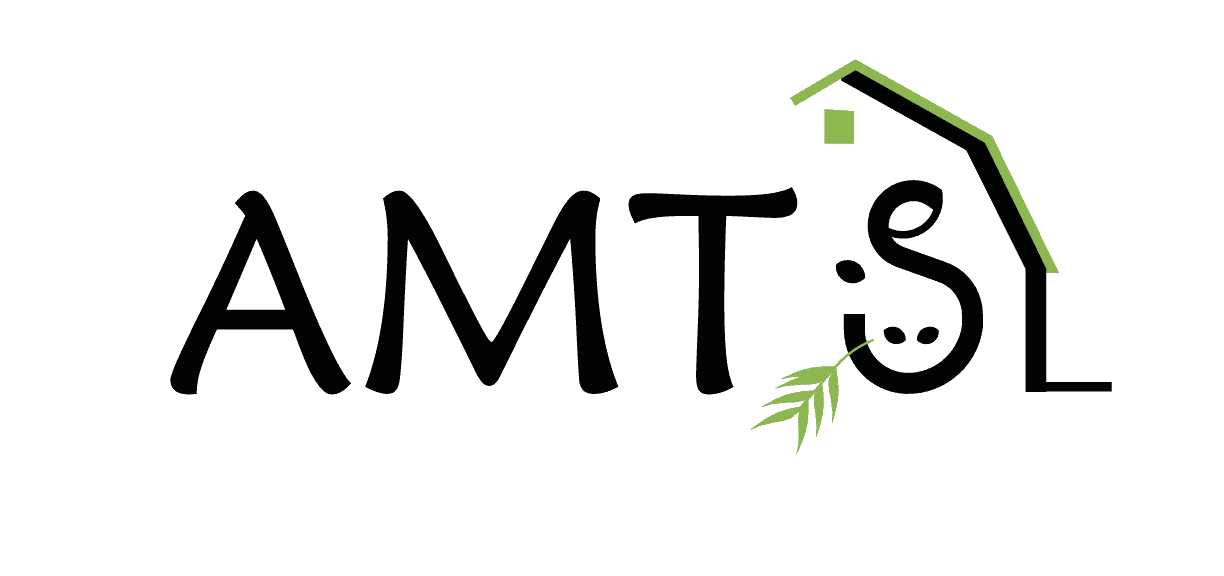
July and August can bring lots of heat and humidity in North America. Don’t forget the importance of changing some of the barn/lot settings in your AMTS.Cattle.Professional program at this time of year.
Heat to a cow is not friendly. In fact, cows often huddle together in the heat to ward off the terrible predator we call heat. It’s their instinct to herd up when feeling attacked and I bet to a cow, heat is really attacking them in late August with their leather jackets pulled up tight. Remember it’s not just heat that is a lactating cow’s number one enemy but humidity, too. “Similar effects as those observed under high temperature conditions can be seen in cattle at temperatures as low as 24°C (75°F) with high humidity (Coppock, 1978).”
In the example below, I started with a recipe where the cows in the barn were at 68°F(20°C) and the humidity was set at 50%.
In the second column I changed just the temperature from 68°F(20°C) to 90°F(32°C). Everything else is the same. You can see how the ME Allowable drops just 4.82 pounds and the MP Allowable stays consistent, which isn’t that big of a deal.
The third column I have changed the temperature from 68°F(20°C) to 90°F(32°C) and changed the humidity from 50% to 90%. That’s when ME Allowable really takes a hit but the MP Allowable stays the same. The humid weather starts raising maintenance requirements 7-25%. Now that we’re accounting for the humidity the model predicts a loss of 13.1 pounds of ME Allowable milk. Now we’re talking some real dollars and cents! But that’s not all…

There are instances where the herd can drop up to 55% of the usual intakes because of heat stress! 55% less intake is bananas!
Keeping this in mind, the last column in the example I decreased the DMI 10% of what they were previously eating from 51.1 pounds DMI to 45.9 pounds DMI. The model predicts a 24.34 pound decrease in ME Allowable milk and a 10 pound decrease in MP Allowable milk.
While it’s important to change the temperature and humidity, you’ll also have to think thoughtfully about the Effective Temperature’s impact on DMI.
There can be so many things to remember in the program but one that everyone should remember is barns and lots because one small oversight can mean the difference of feeding a herd or losing a herd to a competitor.
–As a side note, we here at AMTS gets that you are busy and sometimes the inputs needed in the program can be a lot to keep up with. To help, we have developed templates for various inputs of the program that can be applied automatically. In Barns/Lots the Data Template Manager Feature allows you to create an Environmental Template that takes into consideration the seasonal temperature and humidity variations typical of your area. Once these templates are created and applied, the numbers you have inputted will be automatically applied on opening the farm. This implementation will change the predictions and adjust the requirements for heat stress, additionally, the DMI prediction will change; it will NOT change the actual DMI. You will need to look at the diets and adjust the DMI accordingly. As a follow-up, we will be creating a video demonstrating this feature.
